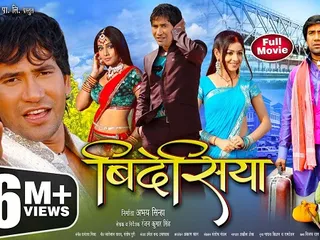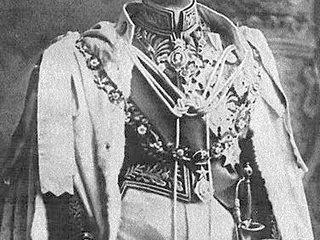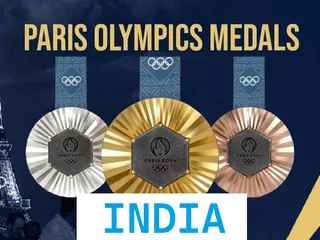Daal Chawal (or Dal Chawal), meaning lentil and rice, is a cornerstone of Indian cuisine. This simple yet satisfying dish is a staple across the country, transcending regional boundaries and socioeconomic divides. Its versatility lies in the countless variations achievable by using different types of lentils (masoor dal, chana dal, toor dal, etc.) and rice (basmati, jeera rice, etc.).
History and Significance:
The origins of Daal Chawal are deeply rooted in Indian history, with lentils and rice being cultivated for thousands of years. Its simplicity and nutritional value made it a sustainable and accessible food source for people of all backgrounds. Even today, it remains a comforting and widely consumed dish, often served in homes and restaurants alike.
Nutritional Benefits:
Daal Chawal provides a good source of protein, carbohydrates, and fiber. Lentils are particularly rich in protein and essential nutrients, while rice offers energy-providing carbohydrates. This combination makes it a balanced and nutritious meal, especially beneficial for vegetarians and vegans.
Recipe (Simple Version):
- Rinse 1 cup of your chosen lentils (e.g., masoor dal) and 1 cup of rice (e.g., basmati).
- In a pressure cooker, add the lentils, rice, 3 cups of water, 1 tsp turmeric powder, and salt to taste.
- Cook until the lentils and rice are soft and well-cooked (usually around 3-4 whistles).
- Garnish with a dollop of ghee (clarified butter) or a squeeze of lemon juice.
Note: This is a basic recipe. You can easily enhance the flavor by adding spices like cumin seeds, ginger, garlic, or green chilies.
Variations:
Daal Chawal is incredibly versatile. Some popular variations include:
- Masoor Dal Chawal: Made with red lentils, it's quick to cook and has a smooth texture.
- Chana Dal Chawal: Made with split chickpeas, it's slightly more robust in flavor.
- Toor Dal Chawal: Made with pigeon peas, it's known for its creamy texture.
Experiment with different lentils and spices to discover your favorite version!









 (24)jpeg-1722421859875.jpeg.webp)










































